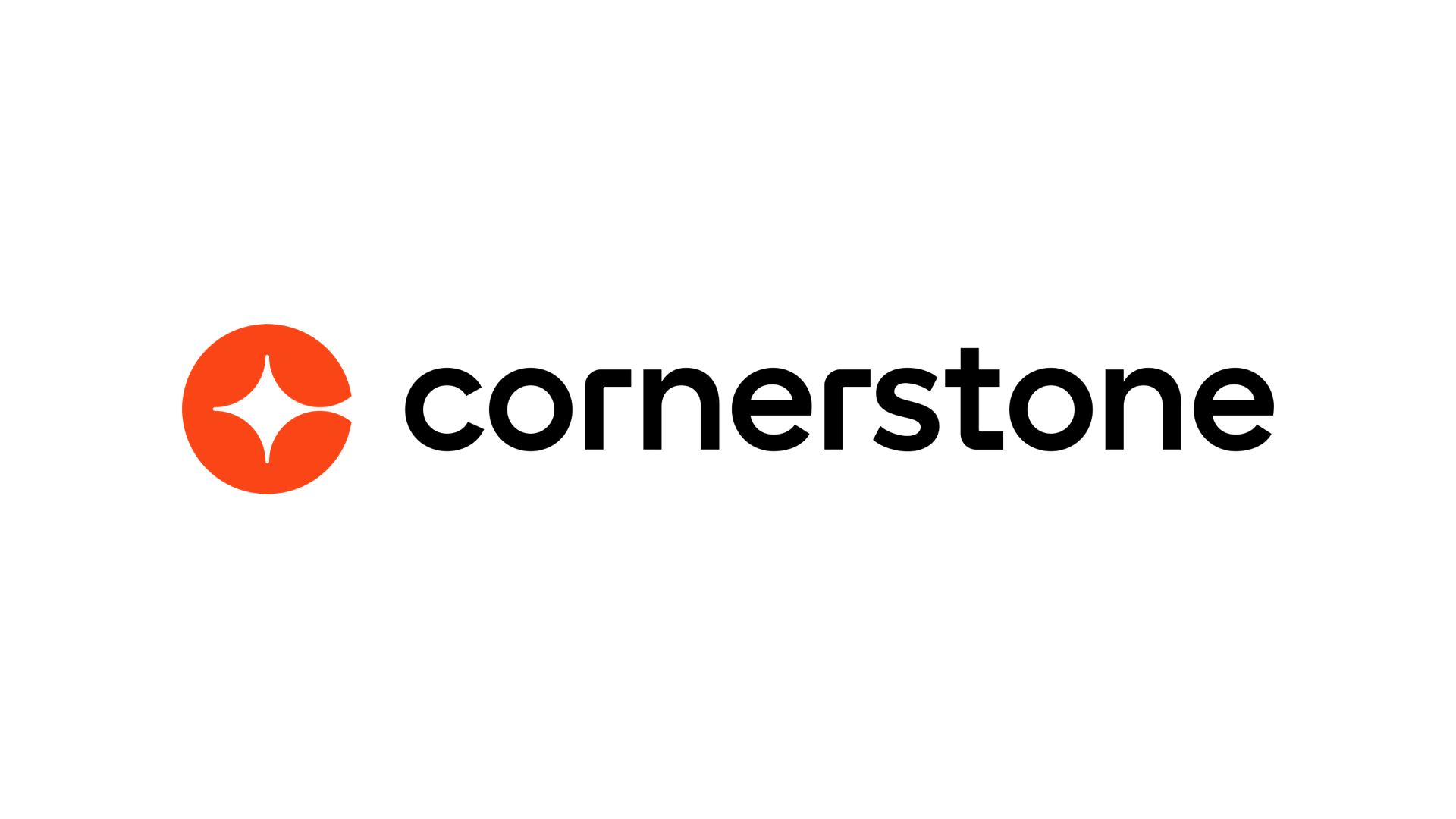Steve Goldberg, HCM research & advisory, and Jennifer Borun, senior director, analyst relations and strategic engagement, sat down on LinkedIn Live to discuss how to guide your organization through solving future problems and succeeding in a volatile market.
Take one look at the news (or your LinkedIn feed), and you'll see a lot of talk about market changes and economic shifts. There's fear and uncertainty about what's to come.
Steve explained that unpredictability and volatility are relative concepts, but the landscape of a pandemic has given these terms a tangible depth and taken uncertainty to a new level. That level, Steve said, is "a period of max fluidity." Fancy term! But what is "max fluidity"? Think of the supply chain disruptions currently creating problems around the world. In this case, the unpredictability of the pandemic has made employees look for more agency in their careers, which has led to a wave of resignations. People are reconstituting their career paths.
Goldberg and Borun agreed that the utmost important part of surviving max fluidity is keeping your employees continually evolving with the needs and expectations of the market, which takes work. HR Leaders, who will lead the charge of helping employees evolve, will also need support to be as agile.
What should organizations focus on to ensure they can successfully navigate any unpredicted shifts in the world?
Elevating organizational agility. Goldberg defines it as "max fluidity being out in front of business risks and opportunities with optimal actions and decisions." In the workplace, he describes the tool that drives max fluidity as "Adaptive HCM."
What is Adaptive HCM?
As Goldberg defines it, adaptive HCM is the symbiotic relationship in which machines help humans to be their best at work. Technology will adapt to human actions to offer assistance and development where needed. It recognizes change and adapts to it by prompting the user to learn in the context of their current situation. Why is this important? It enables the organization to be more flexible and helps develop the employee population to navigate change. In some cases, it mitigates workforce-related risks and protects the employee and even the customer.
"Adaptive" as a word can relate to systems that readily adapt to what a customer needs and also to "systems that allow a customer to readily adapt and react to a set of circumstances (i.e., business risks and opportunities).
Adaptive HCM, as Steve discusses, is "about knowing the best options" and uses chess as a metaphor to better explain: "In chess, the absolute best move at all times is usually known by the grand master or those we are just good at chess" this is certainly not the case in business, the variables are so vast and changing so fast. However, Steve says, "I believe Adaptive HCM should allow your organization to piece the best option, often, or even all the time, particularly if you leverage the right data, processes, and technology."
What are the three characteristics of agile organizations?
Steve and Jen walk through the recipe to keep your organization agile:
- Alignment: The organization can align employee needs, interests, and goals with organizational goals and needs. And most importantly, alignment enables employees and the organization to operate through change. Business priorities and plans change, and so do personal priorities and plans.
- Sensing Agility: Respond to cues, signals, and triggers at macro and micro levels.
- Learning Technologies: Capabilities around skills graph and knowing what skills are related to other skills, jobs, and projects.
Together, they discover what works for you when building a future-ready workforce. Tune in to the recorded session:

Ressources similaires
Vous souhaitez continuer à apprendre ? Découvrez nos produits, les témoignages de nos clients et les actualités du secteur.
Billet de blog
LinkedIn Live : Les clés pour permettre à votre organisation de rester agile
Steve Goldberg, responsable en recherche et conseil en matière de HCM, et Jennifer Borun, directrice principale chargée des relations avec les analystes et de l’engagement stratégique, évoquent dans un échange sur LinkedIn Live les clés pour aider votre organisation à résoudre les problèmes futurs et réussir sur un marché en constante évolution.
Billet de blog
Le LMS, clé digitale du Future of Work
Les deux années qui viennent de s’écouler nous ont fait faire, collectivement, un bond en avant vers « l’avenir du travail ». Ce Future of Work que l’on pressentait déjà avant la crise s’est rapproché de nous suffisamment pour que l’on puisse en distinguer les contours et les détails, anticiper les questions qu’il nous posera et expérimenter, déjà, les situations qu’il nous prépare. Parmi les tendances qui se dessinent, il y a l’omniprésence des situations d’apprentissage. L’entreprise de demain sera un lieu où la formation se déploie en permanence par de multiples canaux. Dans ce monde apprenant, l’organisation du digital learning via le LMS n’est pas une option : c’est un prérequis.